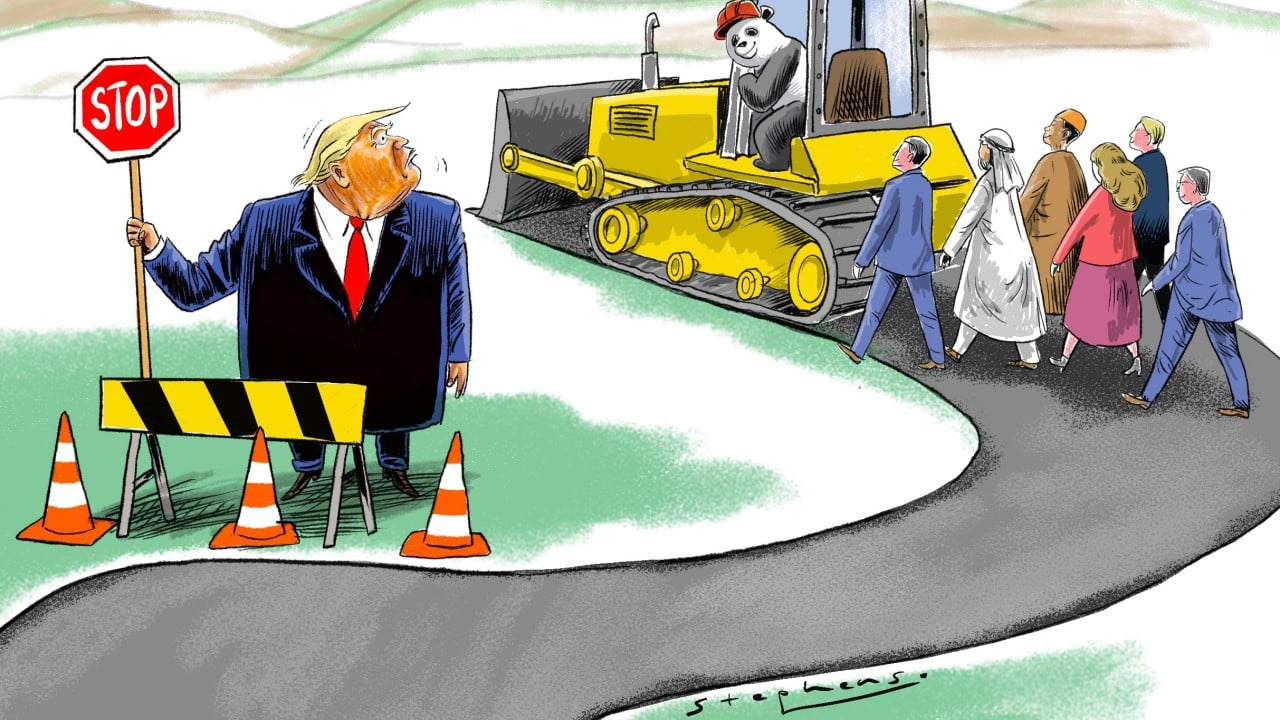Panama’s recent withdrawal from the Belt and Road Initiative underscores the obstacles China encounters in maintaining the momentum of its ambitious global infrastructure project. While Panama’s exit was anticipated given sustained pressure from the Trump administration, its decision raises concerns about potential ripple effects in Latin America.
Advertisement
The initiative has significantly bolstered China’s global trade network since its establishment in 2013. According to the Ministry of Commerce, trade in goods between China and other nations in the initiative rose to 22.1 trillion yuan (US$3 trillion) in 2024, a notable increase from the previous year’s 19.47 trillion yuan.
The belt and road strategy’s scope transcends trade to encompass a diverse array of infrastructure and financial investment undertakings, including railway, highway and port development, as well as investments in green energy. This initiative stands as one of the most expansive infrastructure projects ever undertaken by a single nation.
Having conducted study visits to more than 30 belt and road participant countries, I see evidence of the initiative’s substantial impact. Projects such as the Peljesac Bridge in Croatia to bypass a strip of Bosnian territory that separates Dubrovnik from the rest of Croatia, a highway in Montenegro to connect the underdeveloped northern regions of the country with the capital city of Podgorica and a railway linking Mombasa to Nairobi in Kenya, illustrate the transformative influence of belt and road investments across various regions.
Given the shifting global dynamics driven by Trump’s aggressive tactics, China must adapt and formulate a new strategic approach to address the challenges confronting the initiative.
Advertisement
First, it should consider shifting its strategy towards establishing project-specific agreements rather than relying solely on broad country-level memorandums of understanding within the belt and road framework.

